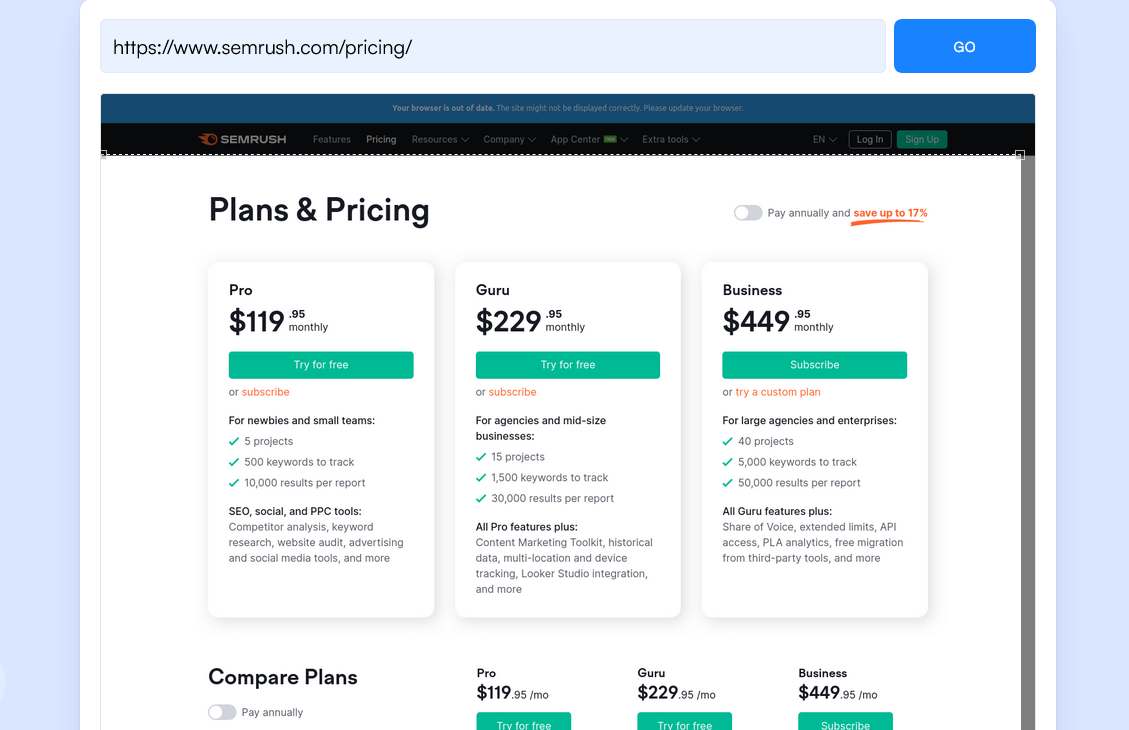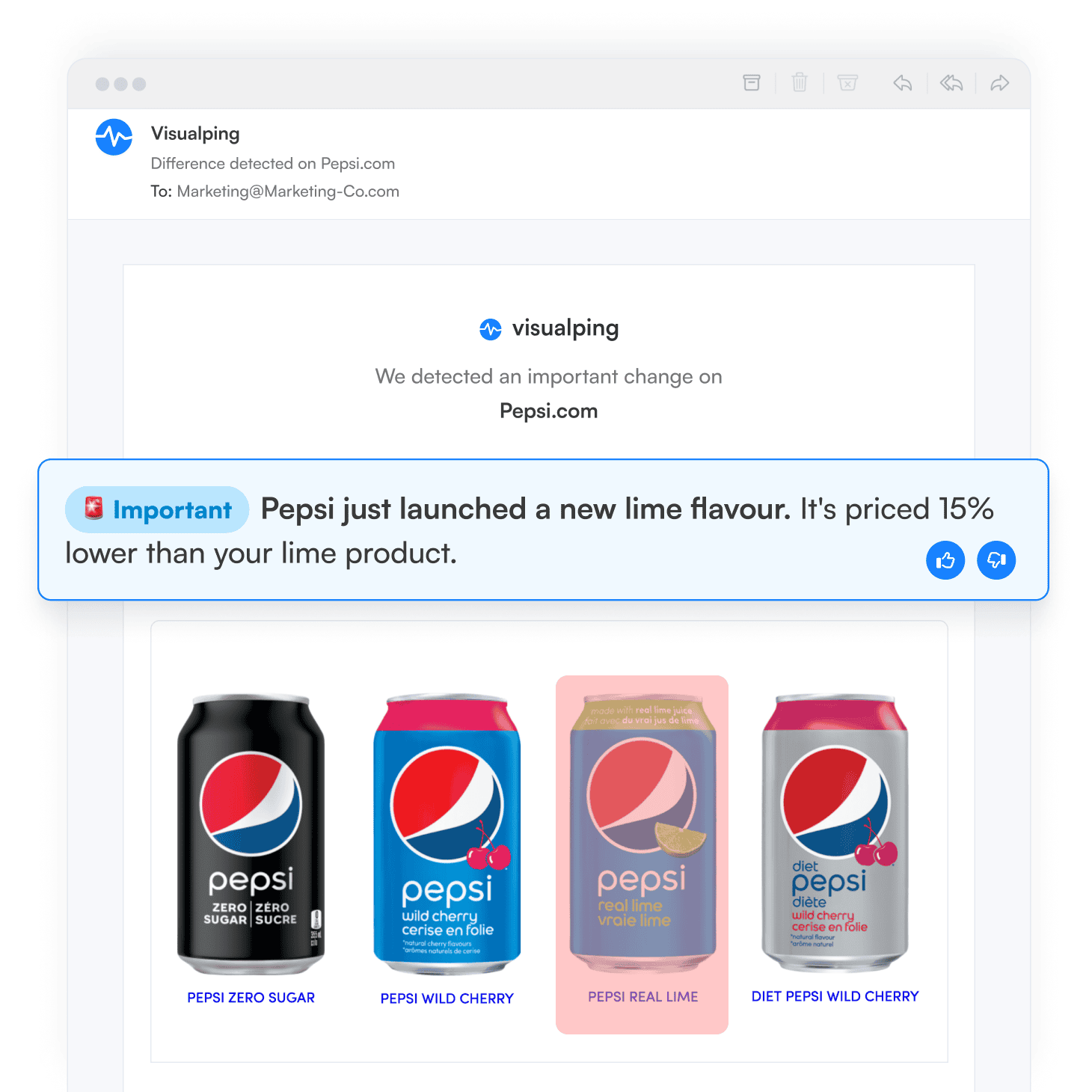6 Smart Tactics for Gathering Competitive Intelligence
By Emily Fenton
Updated November 25, 2024

Gathering Competitive Intelligence: Essential Strategies for Market Success
Effective Strategies for Competitive Research
The Value of Competitive Analysis
Competitive intelligence plays a crucial role in modern business strategy. It provides valuable insights into market dynamics, competitor activities, and potential opportunities. Companies that excel at gathering and utilizing competitive intelligence often gain a significant edge in their industries.
Practical competitive analysis enables businesses to:
- Identify market trends
- Anticipate competitor moves
- Refine product offerings
- Optimize pricing strategies
- Enhance marketing efforts
By systematically collecting and analyzing data on competitors, companies can make more informed decisions and adapt quickly to changing market conditions.
Frequency of Competitive Intelligence Gathering
The ideal frequency for gathering competitive intelligence varies depending on industry dynamics and business needs. However, implementing a continuous monitoring approach often yields the best results.
Key considerations for determining frequency:
- Market volatility
- Competitor activity levels
- Industry innovation rates
- Available resources
Many successful companies employ automated tools and processes to collect competitive data continuously. This approach allows for real-time insights and rapid response to market shifts.
A balanced competitive intelligence program might include:
- Daily monitoring of competitor websites and social media
- Weekly analysis of industry news and trends
- Monthly deep dives into specific competitor strategies
- Quarterly comprehensive market assessments
By establishing a consistent rhythm for competitive analysis, businesses can maintain a pulse on their competitive landscape and make timely, data-driven decisions to strengthen their market position.
Strategies for Gathering Business Competitor Data: 6 Effective Methods
Leverage Web Monitoring Tools to Track Rival Pricing and Marketing Tactics
Website change detection tools can significantly enhance competitive intelligence efforts. They become competitor monitoring tools, sending you automatic email alerts on the precise updates you're interested in. Use these insights to inform future pricing adjustments, new product launches, and evolving marketing strategies.
Key benefits of using web monitoring tools include:
- Ability to track any specific web sources
- Real-time competitor alerts
- AI-generated summaries and analysis

By setting up alerts for specific web pages or sections, companies can stay informed about their competitors' latest moves without constant manual checking. This approach saves time and ensures no critical updates are missed.
Common ways to use web monitoring tools include:
- Tracking competitor websites
- Tracking competitor prices
- New product features or services
- Special promotions or discounts
- New job postings
- Executive team changes
- Changes in messaging or positioning
A systematic web monitoring strategy enables businesses to gather actionable competitive insights efficiently. This data can inform product development, pricing strategies, and marketing campaigns, helping companies maintain a strong market position.
How to Monitor Competitor Websites for Strategic Insights
Begin Tracking Rival Web Pages Immediately
Visualping offers a straightforward process for monitoring competitor websites. Start by copying the URL of the page you wish to track. Paste this into Visualping's search bar. Choose the specific areas of the page to monitor and set a check frequency. After verifying your email, you'll receive alerts when changes occur. This enables real-time tracking of competitor activities and market shifts.
Leverage Search Engine Tools for Online Discussions
Utilize advanced search techniques to uncover valuable customer insights. For example, use the formula
site:<website>.com [product name]Employ SEO Platforms for Competitor Strategy Analysis
Other competitive intelligence tools include SEO software, which provides crucial data on competitor digital strategies. Tools like Ahrefs or SEMRush offer insights into:
- Keyword targeting
- Search rankings
- Backlink profiles
This information helps identify industry trends, content gaps, and potential market opportunities. By analyzing competitor SEO tactics, businesses can refine their own strategies and improve their digital presence.
Examine Public Company Filings for In-Depth Insights
For publicly traded competitors, SEC filings are a goldmine of information. These documents offer:
- Quarterly earnings reports
- Annual financial statements
- Business strategy overviews
Analyzing these filings provides a comprehensive view of a competitor's financial health, market position, and plans. This data is invaluable for benchmarking and identifying potential threats or opportunities in the market.
Engage with Competitor Marketing Channels
To gain a holistic understanding of competitor strategies:
- Subscribe to email newsletters
- Follow social media accounts
- Engage with digital content
Consider purchasing to experience the entire customer journey. This approach offers insights into:
- Marketing tactics
- Sales funnels
- Customer experience
Businesses can identify strengths and weaknesses in their rivals' approaches by directly interacting with competitor channels.
Conduct Comprehensive Competitive Analysis
A SWOT analysis provides a structured approach to evaluating competitors:
| Aspect | Description |
|---|---|
| Strengths | Identify areas where competitors excel |
| Weaknesses | Pinpoint vulnerabilities in their strategies |
| Opportunities | Discover potential market gaps |
| Threats | Recognize challenges posed by competitors |
This analysis helps in the following:
- Developing targeted strategies
- Identifying areas for product development
- Uncovering market opportunities
By systematically evaluating competitors, businesses can make informed decisions and adapt their strategies to stay ahead in the market.
Leveraging Visualping for Actionable Intelligence
Visualping is an AI website change monitoring tool that's commonly used for competitive intelligence. Visualping offers a user-friendly interface that simplifies tracking website changes, allowing companies to make informed decisions without sifting through overwhelming amounts of information.

You can monitor any web pages, on the internet, to get notified of key competitor changes that matter to you and your team. When a change is detected, you receive an email alert, that includes an AI-generated summary of the change, distilled in 2 to 3 lines. The alert also includes a screenshot of the web page, the changes highlighted, so it's easy to understand quickly.
Key features of Visualping include:
- Flexible website tracking options
- Free subscription
- Inexpensive Business subscriptions, starting at $100/month
- AI competitor summaries
- AI analysis, for flagging important updates
- Email alerts for competitor listing updates
- Streamlined data aggregation
Unlike some costly intelligence-gathering services, Visualping provides an affordable solution for businesses of all sizes. Users can easily set up monitoring for specific web pages or sections they wish to track, receiving timely notifications when changes occur.
It's important to note that while Visualping is a legitimate tool for competitive analysis, users should always adhere to ethical practices and avoid any activities that could be construed as industrial espionage. Visualping can help companies stay ahead in their respective markets when used responsibly by providing timely insights into competitor activities and industry trends.
Get email alerts as soon as your competitors’ listings are updated by monitoring it with Visualping’s streamlined user interface. We make the internet work better for you by aggregating valuable intelligence and displaying it in an easy-to-understand format. Don’t be left behind by the competition. Try Visualping absolutely free today!
Visualping: competitor monitoring made simple
Get targeted updates from the competition on autopilot. Trusted by 85% of Fortune 500 companies.
Emily Fenton
Emily is the Product Marketing Manager at Visualping. She has a degree in English Literature and a Masters in Management. When she’s not researching and writing about all things Visualping, she loves exploring new restaurants, playing guitar and petting her cats.